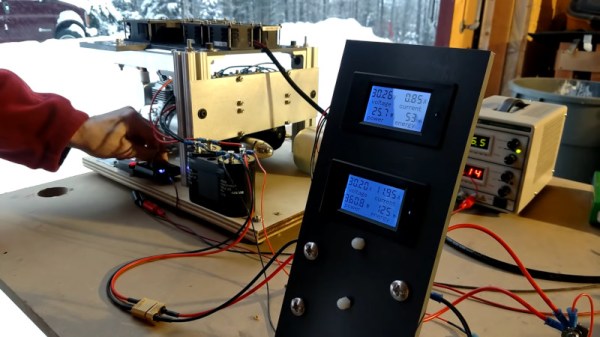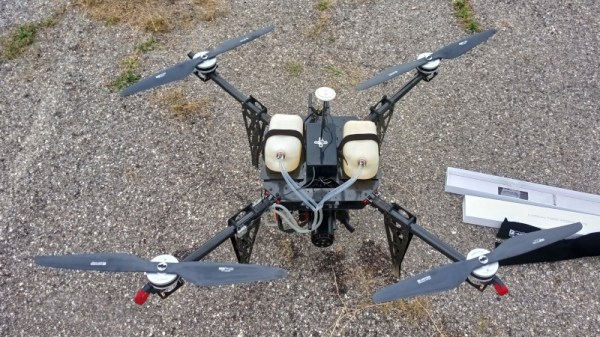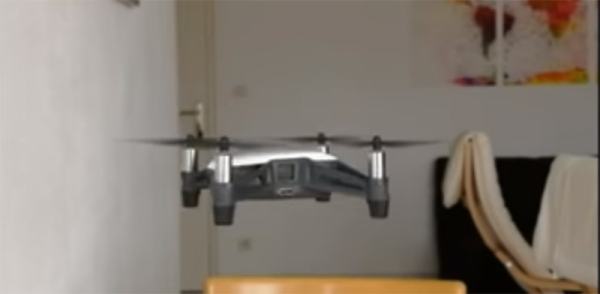We spend a lot of time here at Hackaday talking about drone incidents and today we’re looking into the hazard of operating in areas where people are present. Accidents happen, and a whether it’s a catastrophic failure or just a dead battery pack, the chance of a multi-rotor aircraft crashing down onto people below is a real and persistent hazard. For amateur fliers, operating over crowds of people is simply banned, but there are cases where professionally-piloted dones are flying near crowds of people and other safety measures need to be considered.
We saw a skier narrowly missed by a falling camera drone in 2015, and a couple weeks back there was news of a postal drone trial in Switzerland being halted after a parachute system failed. When a multirotor somehow fails while in flight it represents a multi-kilogram flying weapon widow-maker equipped with spinning blades, how does it make it to the ground in as safe a manner as possible? Does it fall in uncontrolled flight, or does it activate a failsafe technology and retain some form of control as it descends?
Continue reading “Safety Systems For Stopping An Uncontrolled Drone Crash”


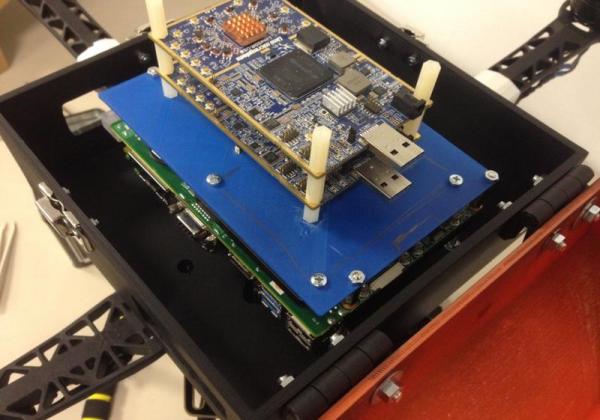
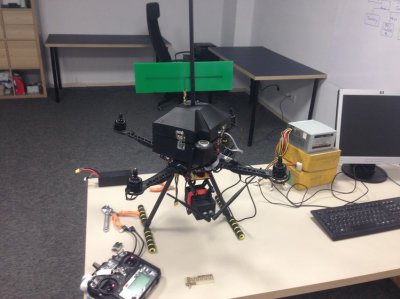 The drone hardware used by [Ogün Levent] and his team is a custom-made S600 frame with T-Motor U3 motors and a 40 A speed controller, with a takeoff weight of 5 kg. An
The drone hardware used by [Ogün Levent] and his team is a custom-made S600 frame with T-Motor U3 motors and a 40 A speed controller, with a takeoff weight of 5 kg. An 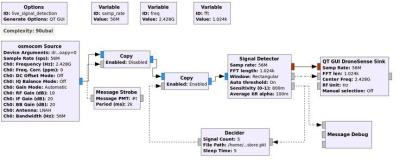 One of the LimeSDRs runs a GNU radio flowgraph with a specially designed block for detecting the rogue drone’s frequency modulation signature with what seems to be a machine learning classification script. The other LimeSDR runs another *secret* flowgraph and a custom script running on the SBC combines the two flowgraphs together.
One of the LimeSDRs runs a GNU radio flowgraph with a specially designed block for detecting the rogue drone’s frequency modulation signature with what seems to be a machine learning classification script. The other LimeSDR runs another *secret* flowgraph and a custom script running on the SBC combines the two flowgraphs together.